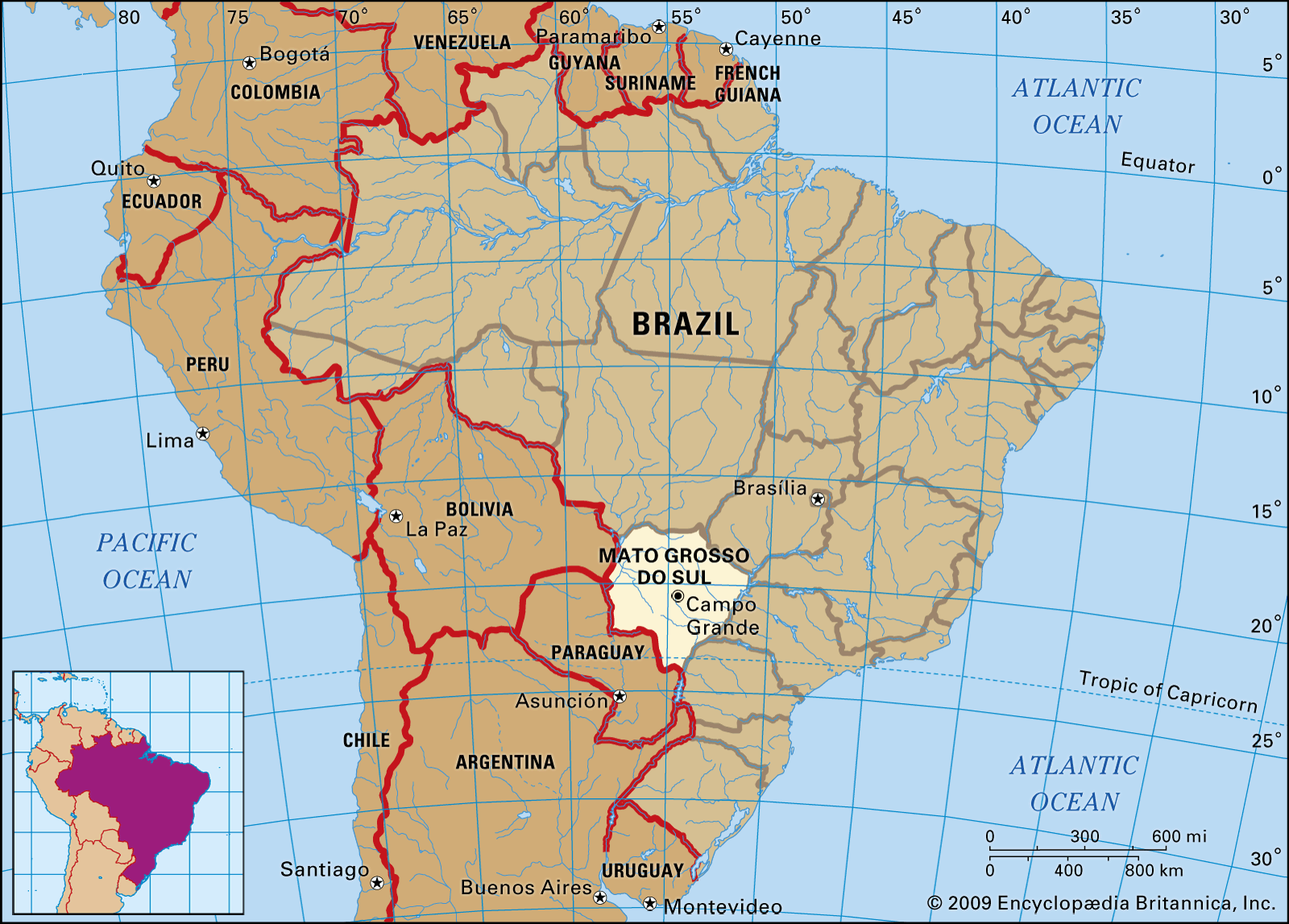Located in the central-west region of Brazil, Mato Grosso do Sul is a unique and vital state that plays an essential role in the country’s economy, culture, and biodiversity.
Offering a blend of native cultures, economic diversity, and abundant natural resources, Mato Grosso do Sul presents a fascinating panorama of Brazil.
This state, rich in biodiversity and cultural heritage, offers a myriad of attractions for tourists seeking a unique experience within the vast expanse of Brazil.
Geographically, the state of Mato Grosso do Sul spans a vast territory, encompassing a large part of the Pantanal, the world’s largest tropical wetland area, and a UNESCO World Heritage Site.
This breathtakingly beautiful wetland is home to a rich array of plant and animal species, making Mato Grosso do Sul a biodiversity hotspot.
The landscape alternates between semi-deciduous forests, savannas, and floodplains, providing an alluring mosaic of ecosystems.
Culturally, Mato Grosso do Sul has a remarkable diversity, which is a direct result of the region’s rich history.
The indigenous Terena, Kadiwéu, and Guarani peoples have long called this area home, and their cultures significantly influence the local traditions, cuisine, and art.
Over time, the state has also welcomed migrants from other parts of Brazil and immigrants from Paraguay, Bolivia, Japan, and Lebanon, which has further enriched its cultural tapestry.
TOURISM
One of the must-see attractions in Mato Grosso do Sul is the renowned Pantanal, the world’s largest tropical wetland.
This UNESCO World Heritage Site offers an unparalleled wildlife experience covering an extensive part of the state.
You can navigate the waterways in a canoe, go on guided safari tours, or even horseback ride, all while marveling at the rich fauna, including capybaras, caimans, marsh deer, and the elusive jaguar.
The Pantanal is also a birder’s paradise, with hundreds of species fluttering across the vibrant skies.
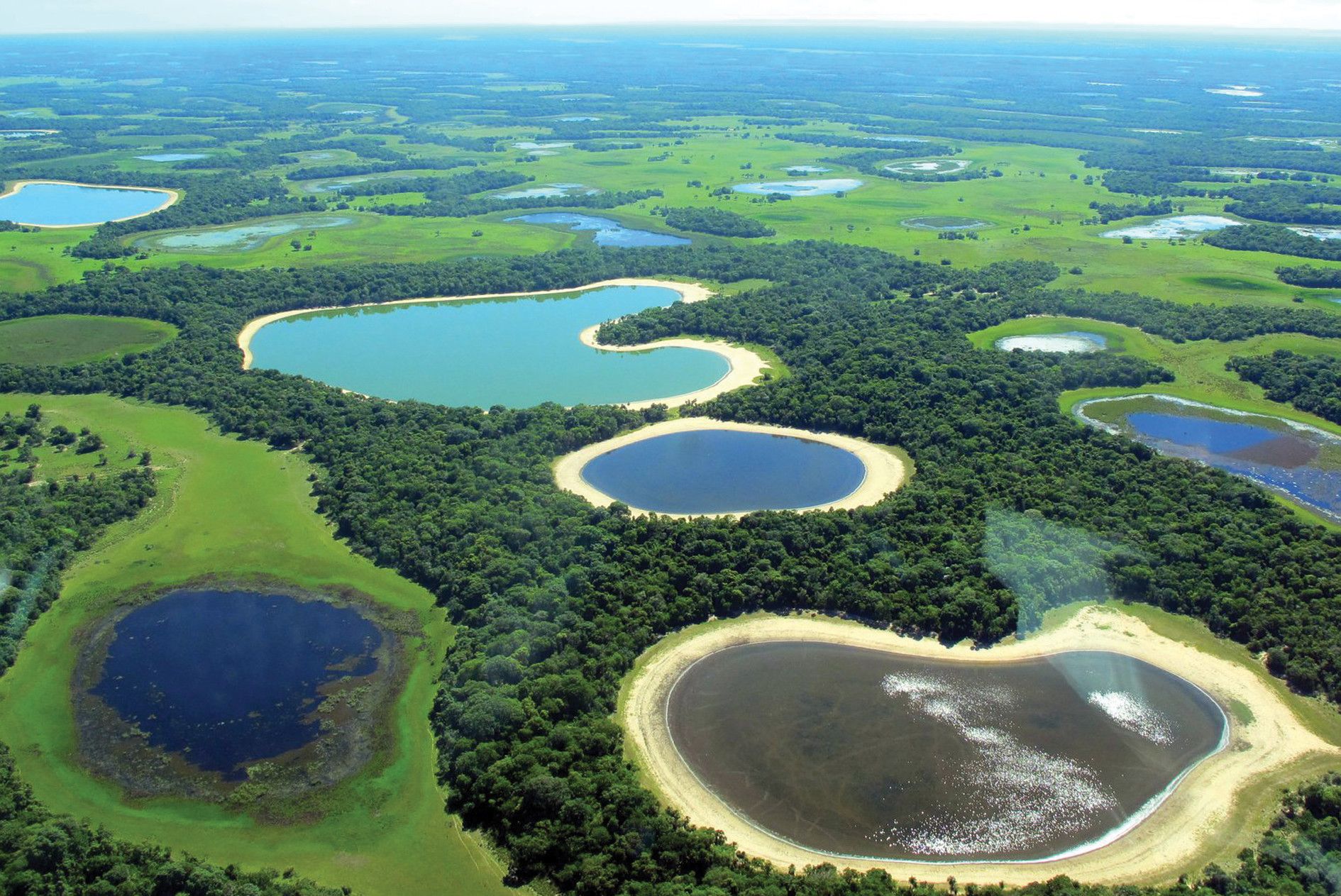
Equally captivating is the city of Bonito, known worldwide for its eco-tourism. The crystal-clear rivers, such as the Rio da Prata, offer excellent opportunities for snorkeling and swimming amidst an array of tropical fish.
Bonito’s remarkable caves, notably the Gruta do Lago Azul, are another draw. This mesmerizing Blue Lake Cave is a geological wonder, its cerulean waters glistening beneath the stalactites.
Corumbá, a historical town on the banks of the Paraguay River, offers another facet of the state’s allure.
Known as the “White City,” Corumbá’s architectural beauty, complete with colonial-style buildings, is a visual delight.
It also serves as a gateway to the Pantanal, providing an excellent base for your wildlife expeditions.
For a taste of local culture and history, tourists can explore the indigenous communities scattered across the state.
These communities warmly welcome visitors, offering a unique opportunity to learn about their traditional ways of life, art, and folklore.
Mato Grosso do Sul’s capital, Campo Grande, is another noteworthy destination.
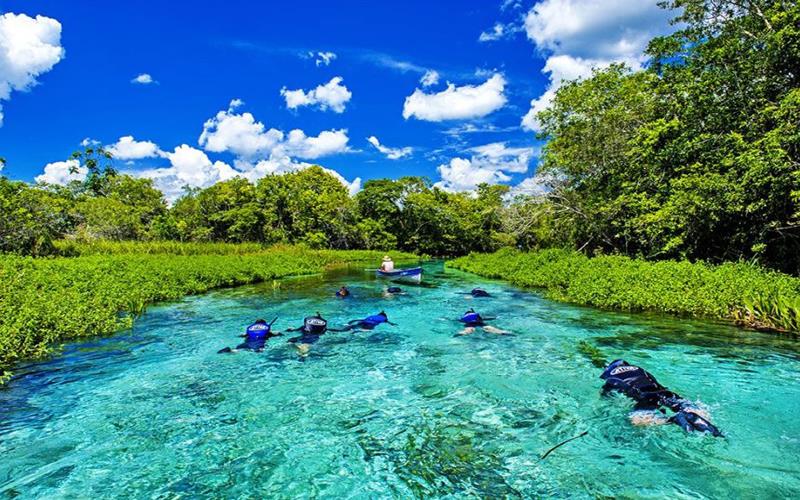
Known as the “Sobá Capital,” referencing the popular noodle dish introduced by Japanese immigrants, the city offers a blend of urban life, cultural attractions, and culinary delights.
The Dom Bosco Museum, home to a vast collection of indigenous artifacts and natural history specimens, is a must-visit here.
In addition, the Parque das Nações Indígenas, one of the largest urban parks in the world, provides a green oasis in the heart of Campo Grande.
The park features a museum, monuments, and beautiful trails around two lakes, making it a perfect spot for leisurely strolls or picnic lunches.
Lastly, the state’s festivals are a must-experience, such as the Festa do Peão de Boiadeiro, a traditional cowboy festival with rodeos, dances, and music, celebrating the state’s rural roots.
From the vibrant wildlife of the Pantanal to the captivating caves of Bonito, the tranquil rivers, and the rich cultural heritage, Mato Grosso do Sul provides a unique and enchanting experience for every tourist.
Whether you’re an adventurer, a nature lover, or a culture enthusiast, this Brazilian state will captivate your heart and create memories to last a lifetime.
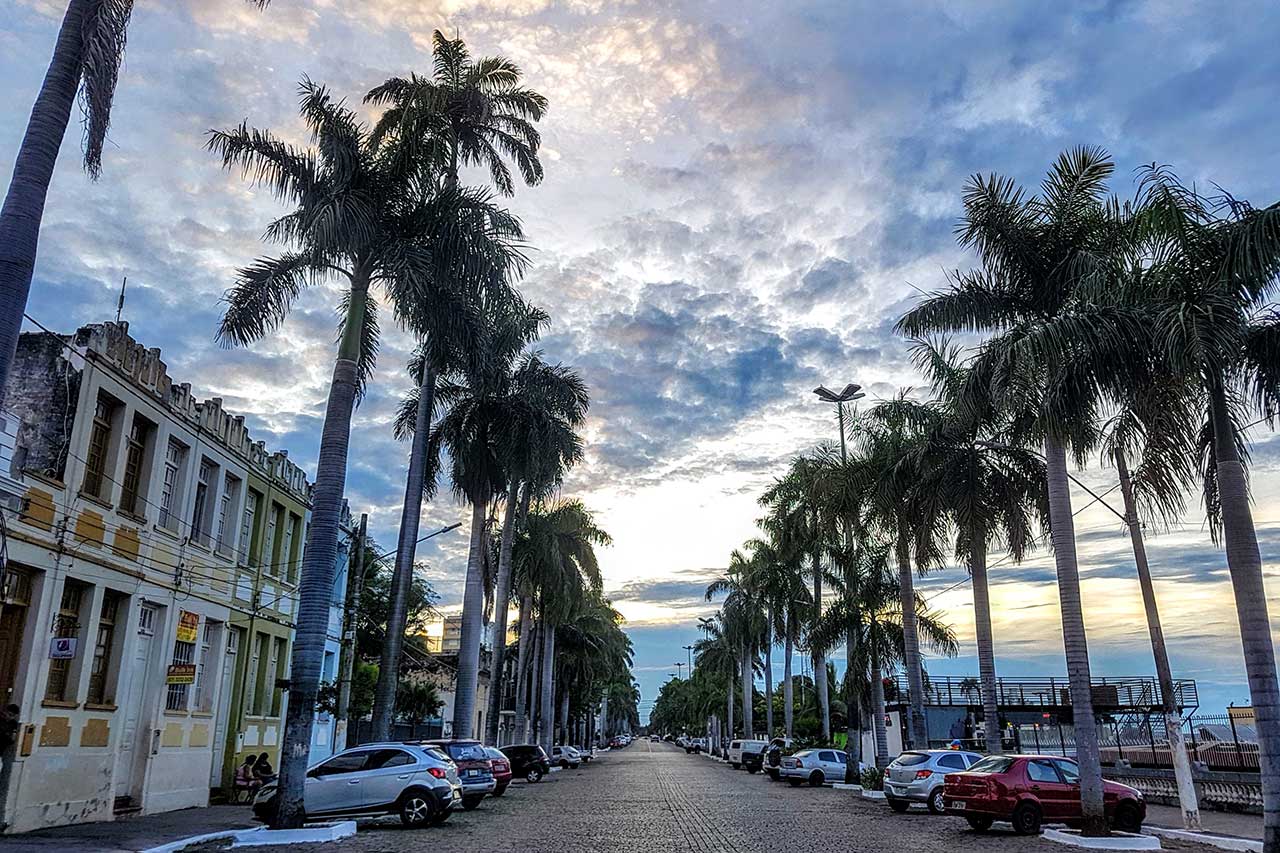
AGRICULTURE
Mato Grosso do Sul’s economic profile is primarily centered on agribusiness. The state is one of Brazil’s leading producers of soybeans, maize, and sugarcane, with large-scale commercial farming dominating its central and southern regions.
Additionally, it has a prominent role in Brazilian cattle ranching, contributing significantly to the country’s beef and dairy industries.
The state’s fertile lands and favorable climate make it a powerhouse of agricultural production, and it has earned a reputation as a critical contributor to Brazil’s status as a global agricultural giant.
Beyond agriculture, Mato Grosso do Sul also has a growing industrial sector, particularly in food processing, biofuels, and mineral extraction.
It is home to large iron ore, manganese, and limestone reserves. The state’s capital, Campo Grande, is a thriving urban center with a robust service sector, while the city of Dourados is an important agro-industrial hub.
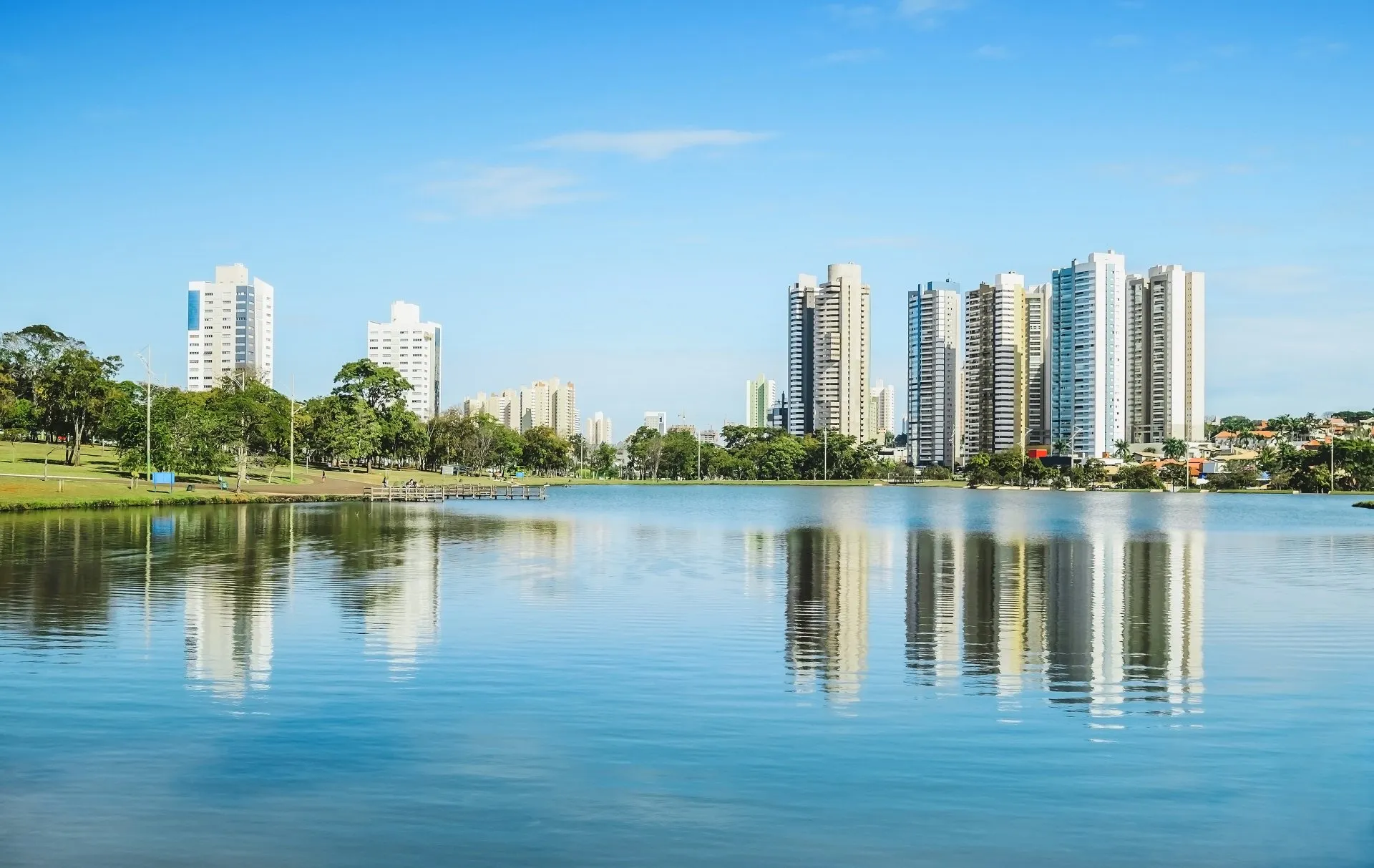
Regarding infrastructure, Mato Grosso do Sul is strategically located with good road networks and railway lines connecting it to other parts of Brazil and neighboring countries, aiding in transporting its agricultural produce and minerals.
The Paraguay River flows through the state and is another critical transport and trade route.
Educationally, the state is home to several higher learning institutions, including the Federal University of Mato Grosso do Sul and the State University of Mato Grosso do Sul, providing quality education and research opportunities.
There is a focused effort towards improving the state’s human development indices, with investments in the health and education sectors.
Tourism in Mato Grosso do Sul is a burgeoning sector, largely driven by the state’s natural beauty and biodiversity.
From the Pantanal’s wetlands to the intriguing limestone caves of Bonito, the state offers numerous attractions for ecotourism.
The unique cultural heritage of the state, reflected in its indigenous communities, traditional music, and festivals, also forms a critical part of its tourism appeal.
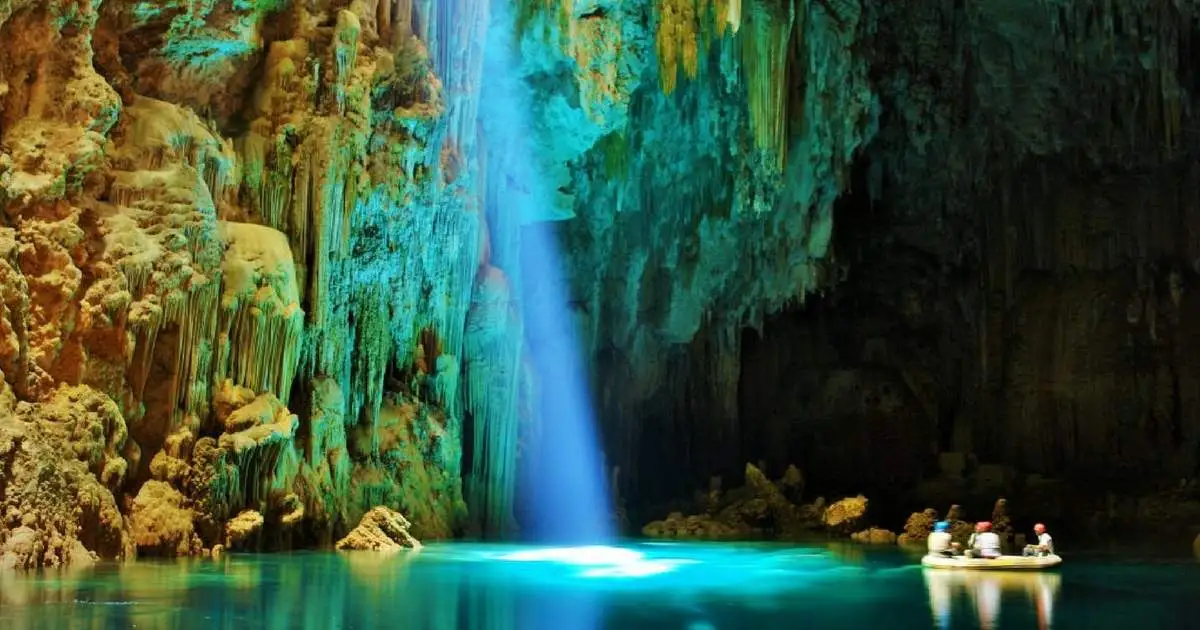
Despite its many strengths, Mato Grosso do Sul faces certain challenges.
These include balancing agricultural development with environmental conservation, particularly in the Pantanal region, and addressing social inequalities.
Nonetheless, the state has shown resilience and adaptability, demonstrating its commitment to sustainable and inclusive development.
In conclusion, Mato Grosso do Sul is vital in Brazil’s national landscape, showcasing a harmonious blend of natural bounty, economic vigor, and cultural diversity.
Its rich tapestry of heritage, growth, and innovation portrays Brazil’s multi-faceted identity.
Whether through its contribution to the country’s agribusiness, the preservation of its unique ecosystems, or the celebration of its vibrant culture, Mato Grosso do Sul undoubtedly holds a special place in the heart of Brazil.
Mato Grosso do Sul, tourism Mato Grosso do Sul, agriculture Mato Grosso d Sul, Bonito, Pantanal, Campo Grande, Parque das Nações Indígenas, Corumbá, White city Brazil, Gruta Azul


